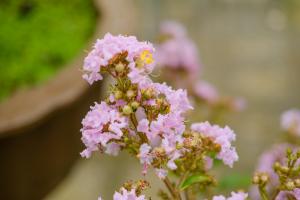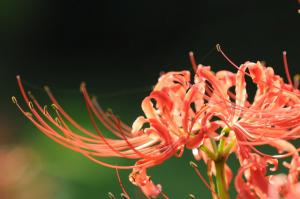When to Plant Citrus Trees in Northern Florida
Citrus trees are widely grown in Northern Florida due to the region's warm and humid climate, and fertile soil. Whether you're planning to grow oranges, grapefruit, lemons, or limes, it's essential to know the best time to plant them to ensure optimal growth and yield.
Choosing a Citrus Tree Variety
Before you start planting citrus trees, it's essential to choose the variety based on your soil and climate conditions. Northern Florida may experience occasional frosts during winter, so it's crucial to choose cold-hardy citrus varieties such as satsumas, kumquats, and calamondins that can withstand temperatures as low as 20 degrees Fahrenheit.
Planting Citrus Trees in Northern Florida
The best time to plant citrus trees in Northern Florida is between February and April when the soil is warm and moist from the winter rains. Avoid planting citrus trees during fall or late summer when the soil is dry and the weather is hot as it may affect the roots' development.
Make sure to prepare the soil before planting by removing weeds, adding compost or manure, and loosening the soil to improve drainage. Be careful not to disturb the tree's roots during transplanting, as young citrus trees depend on their root systems to get water and nutrients during the first few months.
Caring for Citrus Trees in Northern Florida
Citrus trees need regular watering during the first few months to encourage growth and root development. A good rule of thumb is to water the trees every 7-10 days. Avoid overwatering as citrus trees are susceptible to root rot, which can stifle growth and ultimately kill the tree.
You should also fertilize your citrus trees twice a year, once in the spring and again in the fall, using a balanced fertilizer rich in nitrogen, phosphorus, and potassium. Pay close attention to the tree's foliage and check for any signs of insect or disease infestations. If left unchecked, these issues can affect the tree's growth and yield.
Conclusion
Planting and growing citrus trees in Northern Florida can be a rewarding experience if you carefully choose your citrus variety, plant them at the right time, and provide adequate care. By following these tips and guidelines and consulting with your local nursery or extension office, you can enjoy a bountiful citrus harvest while creating a beautiful, edible landscape that also benefits the environment.

 how many times do yo...
how many times do yo... how many planted tre...
how many planted tre... how many pine trees ...
how many pine trees ... how many pecan trees...
how many pecan trees... how many plants comp...
how many plants comp... how many plants can ...
how many plants can ... how many plants and ...
how many plants and ... how many pepper plan...
how many pepper plan...






























